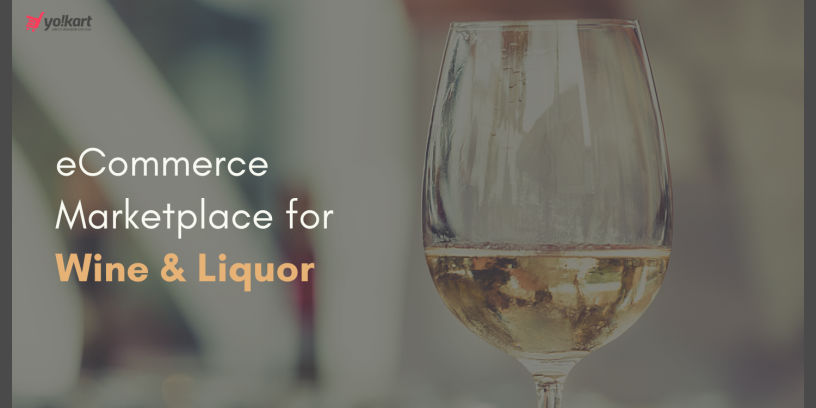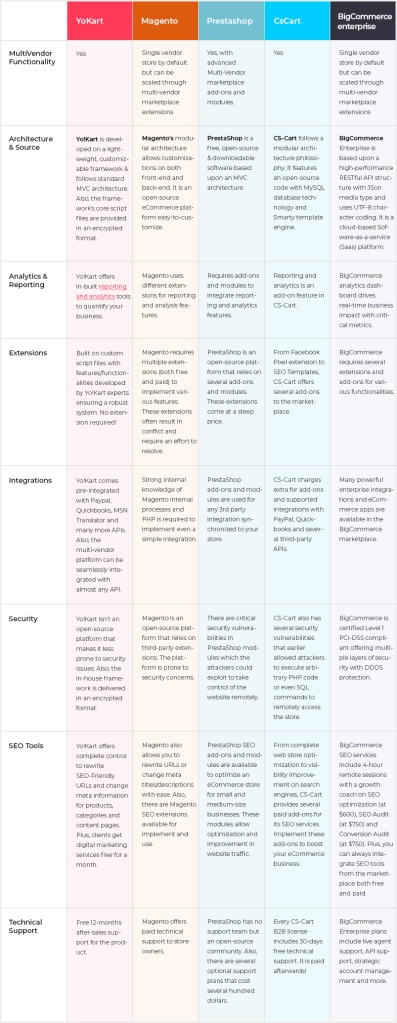With the COVID-19 graph rising, a good number of restaurants & bars have closed. Every business is trying to practice social distancing that is eventually leading to an increase in online ordering. Along with essentials like groceries and healthcare products, the online demand for wine and liquor has also increased.
These changes have prompted the government of many states to give more freedom to breweries, bars, and restaurants. The government in many parts of the world has allowed the selling of online alcohol drinks.
Let’s take a dive into the online wine and liquor industry and understand its functioning in detail. By the time you finish reading this blog, you will be able to answer:
- What are the opportunities and challenges in the online wine and liquor industry?
- How does an online wine and liquor marketplace work? – Business & Revenue Model
- What are the must-have features of wine and liquor eCommerce marketplaces?
Opportunities in the Wine and Liquor eCommerce Industry
The impact of Coronavirus on the eCommerce industry is notable. The increase in the demand for online wine and liquor is the result of shifting consumer behavior amid the COVID-19.
The pandemic for sure has increased the demand for online liquor and wine. But the best part is that the industry was already booming even before the pandemic. In the year 2017, the U.S. online alcohol sales shot up to USD 1.7 billion. However, online sales for alcohol increased in the year 2018 and reached USD 253.8 billion.
Afterward, in the year 2019, the online sales of liquor and wine grew by 4.94%. These stats reflect that the online market for liquor and wine is picking up pace. Hence, 2020 is the right time to tap into this lucrative niche.
Let’s take a look at the following graph showing growth in the sales of the online alcohol industry in the US (2014-2019):

Other Reasons for the Online Liquor and Wine Marketplaces Growth
- There are 75+ million millennials in the US and this is a generation that prefers technology over traditional ways for purchasing a commodity.’
- The size of the online wine and liquor industry is very huge but with a limited number of competitors. So, it creates a lot of opportunities for entrepreneurs to invest in this industry.
Challenges of An Online Liquor and Wine Marketplace
We have already discussed the opportunities in the online wine and liquor selling business but there are some unique challenges as well. Since the alcohol industry has a lot of legal restrictions, it creates multiple barriers for the admin and the vendors to sell online.
But, these challenges can be converted into opportunities by taking wise steps!
Let’s discuss these challenges one by one:
Legal Obligations: This is the primary and the biggest concern with the alcohol industry. There are a lot of federal and state laws that make it difficult for vendors to create a marketplace for liquor and wine. Compliance of laws along with monitoring the flow of the liquor and wine is quite complicated.
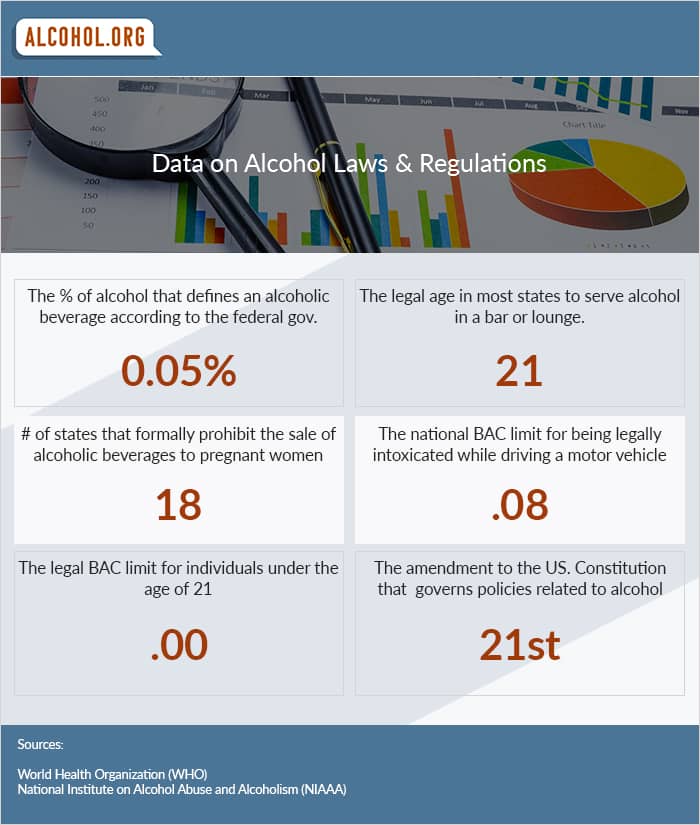
So, it is important to understand all the legalities before getting into the online liquor and wine marketplace business.
Legal Age Verification Issues: All the websites selling alcohol online needs to verify the age of the buyer before accepting the order. For the age verification process, they usually ask to enter their date of birth and submit or verify it by ticking a check-box. In this case, it is very easy for the user to provide a false age.
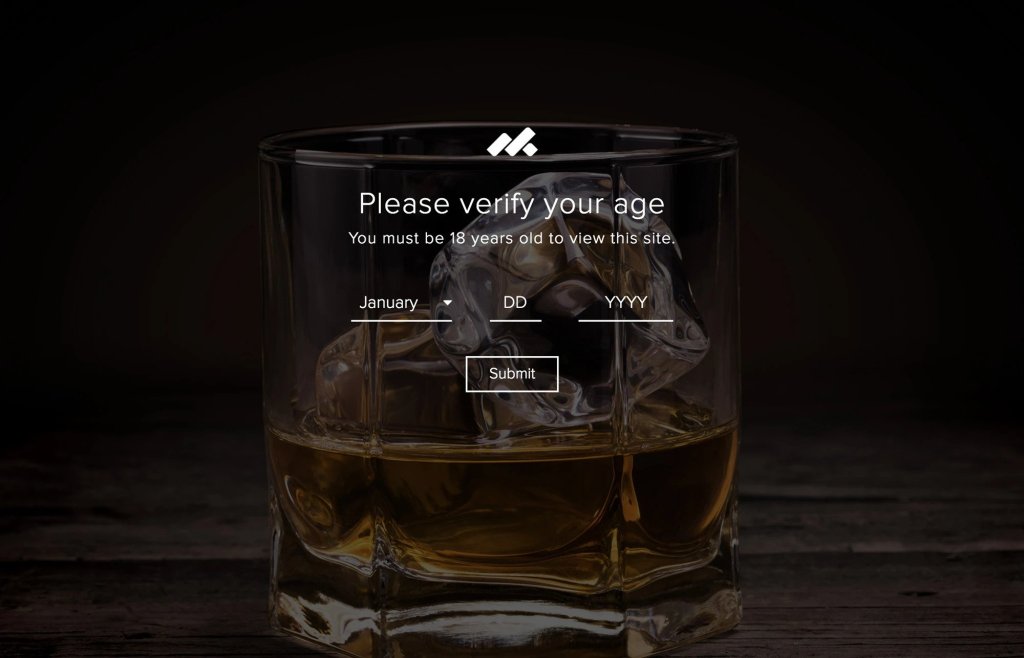
The best solution, in this case, would be to integrate a feature in which the user has to upload the soft copy of their if proof, and it is further verified by the admin of the marketplace.
Temperature Control and Logistics: This is a unique hurdle in the liquor and wine eCommerce marketplaces. During the transportation of alcohol from one place to another, it is important to maintain a specific temperature so that the liquor and wine are not damaged. So delivering alcohol on time with proper packing and good quality is quite a challenge for the logistics.
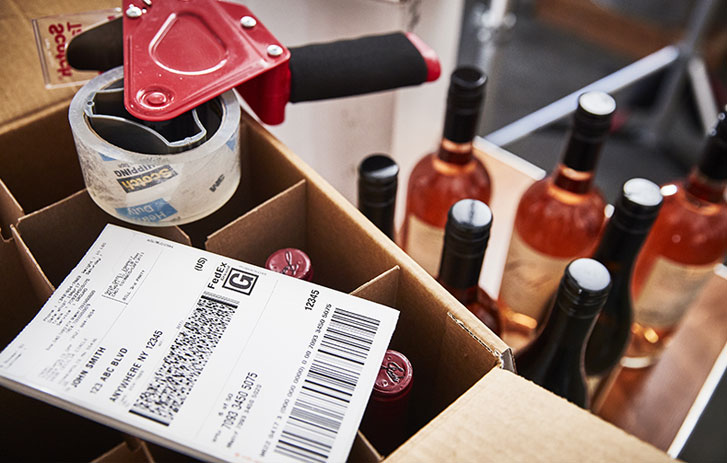
It is advised to partner with the logistics company that can manage the temperature requirements for alcohol delivery. All the terms and conditions should be discussed and documented. There must be an easy return policy as well if the buyer is not happy with the delivered wine or liquor.
How Does An E-commerce Liquor and Wine Marketplace Works?
Business Model
An eCommerce marketplace for wine and liquor is the website/app where the customer registers himself by providing some details, placing an order, making the payment, and finally receiving the order. The working of an eCommerce marketplace for liquor and wine is a bit more complicated than the other online marketplaces because of the legal restrictions that we discussed earlier.
Below is the step by step working of an online wine and liquor marketplace:
- Multiple sellers are registered to sell online wine
- The buyer visits the website/app and registers after confirming the age.
- The buyer searches for the desired drink using various options like menu, filters, and sorting.
- The buyer adds the items into the cart after checking details like price, brand, quantity, variant, etc. The address can be added at this point or while setting up the profile.
- Once the items are added in the cart, it shows the final amount to be paid. The payment is done using preferred payment options (debit card, credit card, UPI, etc.)
- The vendor (seller) receives the order and starts processing the order.
- The payment of the order is received by the admin. After deducting the commission, the admin forwards the payment to the vendor.
Here’s the Business Model Canvas that can be used to plan your liquor and wine marketplace’s value proposition, infrastructure, customers, finances, and other key activities.
Please Note: You can modify this business model canvas as per your business requirements.
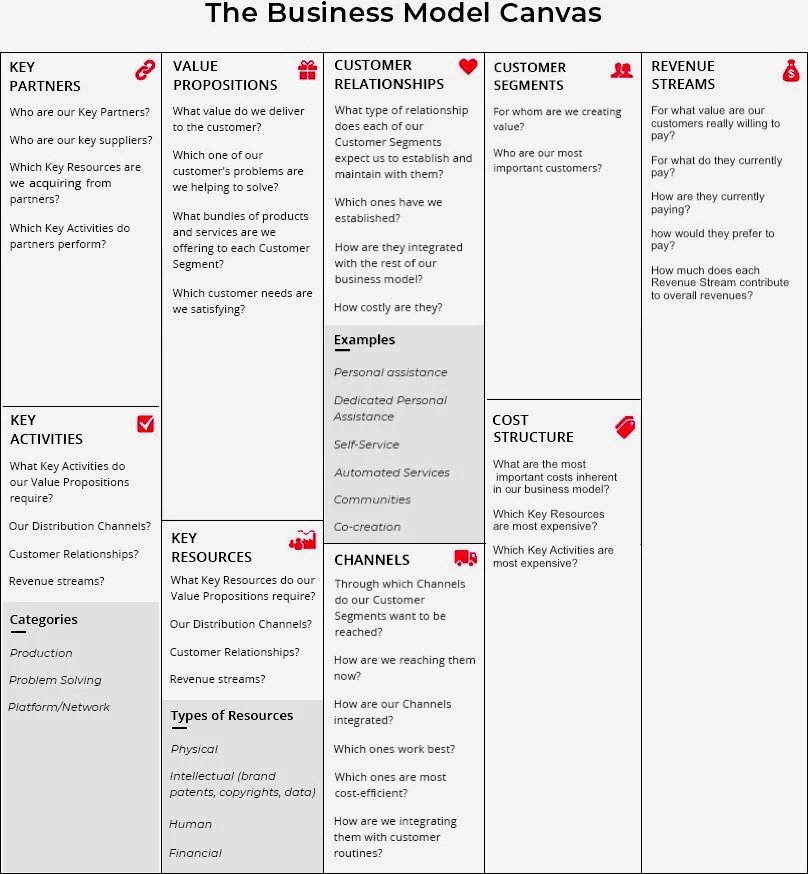
There are 2 delivery models possible for wine and liquor eCommerce marketplaces:
- Click and Collect Model (Buy Online, Pick Up In-Store)
- Home Delivery Model
For more details on Online Wine & Alcohol business & delivery models, read this post: https://www.yo-kart.com/start-liquor-and-wine-marketplace.html
Revenue Model
I hope it is clear how an online liquor and wine market works. Now, let’s proceed to the Revenue Sources of a wine and liquor eCommerce store:
- Commission: The most important and primary source of any eCommerce marketplace is Commission. As the marketplace owner, you are providing a platform to the vendors for selling the wine and liquor. Being a provider, you can earn a commission on every transaction made (sale).
- On-Page Advertisement: The marketplace owner can partner with businesses for banner ads on their wine and liquor eCommerce website. It is one of the most convenient and well-known revenue sources. The advertisements could be done for the vendors themselves or any other relevant product or service.
- Premium Memberships: Offering premium membership to buyers as well as the vendors can help you add more to your revenue. Premium membership can be offered for specific monthly or yearly charges in exchange for benefits like zero transaction fees, free delivery, etc.
What Are The Must-Have Features For An Online Liquor and Wine Marketplace?
It is necessary to choose the right digital capabilities to build an eCommerce marketplace. An eCommerce marketplace for liquor and wine must have the following features:
- Multiple Payment Gateways: Safety of online payment is an important factor when you are planning to launch an online liquor and wine marketplace. Having multiple payment gateways makes it convenient for the buyer to make an order. Providing multiple payment options can drastically reduce the cart abandonment rate.
- Multilingual: As a liquor and wine marketplace, if you are planning to expand to the global market, the website language will play an important role. The multilingual feature helps the buyer to view the content in their native language. It gives them a personalized experience and a sense of reliability.
- Multi-currency: Your online wine and liquor marketplace can escalate into the global markets by accepting payments in multiple currencies. This feature can help you derive customer satisfaction as the buyers would be able to make the payments in their regional currency.
- Tax management: Managing different tax rules is a complex task to do. The tax management feature will help you get the automated tax rates calculated for each product.
- Reporting and Analytics: This is an important feature to know and grow your business. You will require all the information related to the activities going on your wine and liquor website for making certain decisions. This feature will help you get all the insights and analytical data.
- Inventory tracking: Keeping track of the inventory is a must to balance the demand and the supply. This feature will help you maintain sufficient stock so that you can fulfill customer’s demands without any obstacles.
To survive in this competitive arena, it is necessary to change as consumer demands. Many industries including wine and liquor are slowly shifting from traditional ways of selling to eCommerce marketplaces. So, make sure you choose the best eCommerce platform and avail the best eCommerce development services to build an online marketplace for selling wine and liquor. Well, I can help you with that!
Related: https://www.yo-kart.com/blog/reasons-to-choose-yokart/
Here I am sharing a chart comparing the top 5 eCommerce platforms for your better understanding:
Content Source: https://www.yo-kart.com/start-liquor-and-wine-marketplace.html

